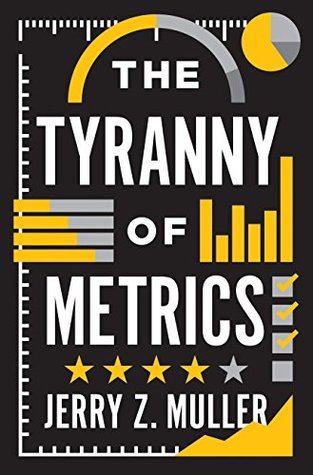We need to distinguish between those elements of government that ought to be made public and those that should not be. Cass R. Sunstein, a wide-ranging academic who has also served in government, makes a useful distinction between government inputs and outputs. Outputs include data that the government produces on social and economic trends, as well as the results of government actions, such as regulatory rules. Outputs, he argues, ought to be made as publicly accessible as possible. Inputs, by contrast, are the discussions that go into government decision-making: discussions between
We need to distinguish between those elements of government that ought to be made public and those that should not be. Cass R. Sunstein, a wide-ranging academic who has also served in government, makes a useful distinction between government inputs and outputs. Outputs include data that the government produces on social and economic trends, as well as the results of government actions, such as regulatory rules. Outputs, he argues, ought to be made as publicly accessible as possible. Inputs, by contrast, are the discussions that go into government decision-making: discussions between policymakers and civil servants. There are increasing pressures to make those publicly available as well: whether through legal means such as Freedom of Information Act requests; or congressional demands, as in the case of congressional committees demanding the email correspondence of former Secretary of State Hillary Clinton in the case of the Benghazi investigations; or illegal means such as the electronic theft and dissemination of internal government documents by organizations such as Wikileaks. Making internal deliberations open to public disclosure—that is, transparent—is counterproductive, Sunstein argues, since if government officials know that all of their ideas and positions may be made public, it inhibits openness, candor, and trust in communications. The predictable result will be for government officials to commit ever less information to writing, either in print or in the form of ...
...more
This highlight has been truncated due to consecutive passage length restrictions.


